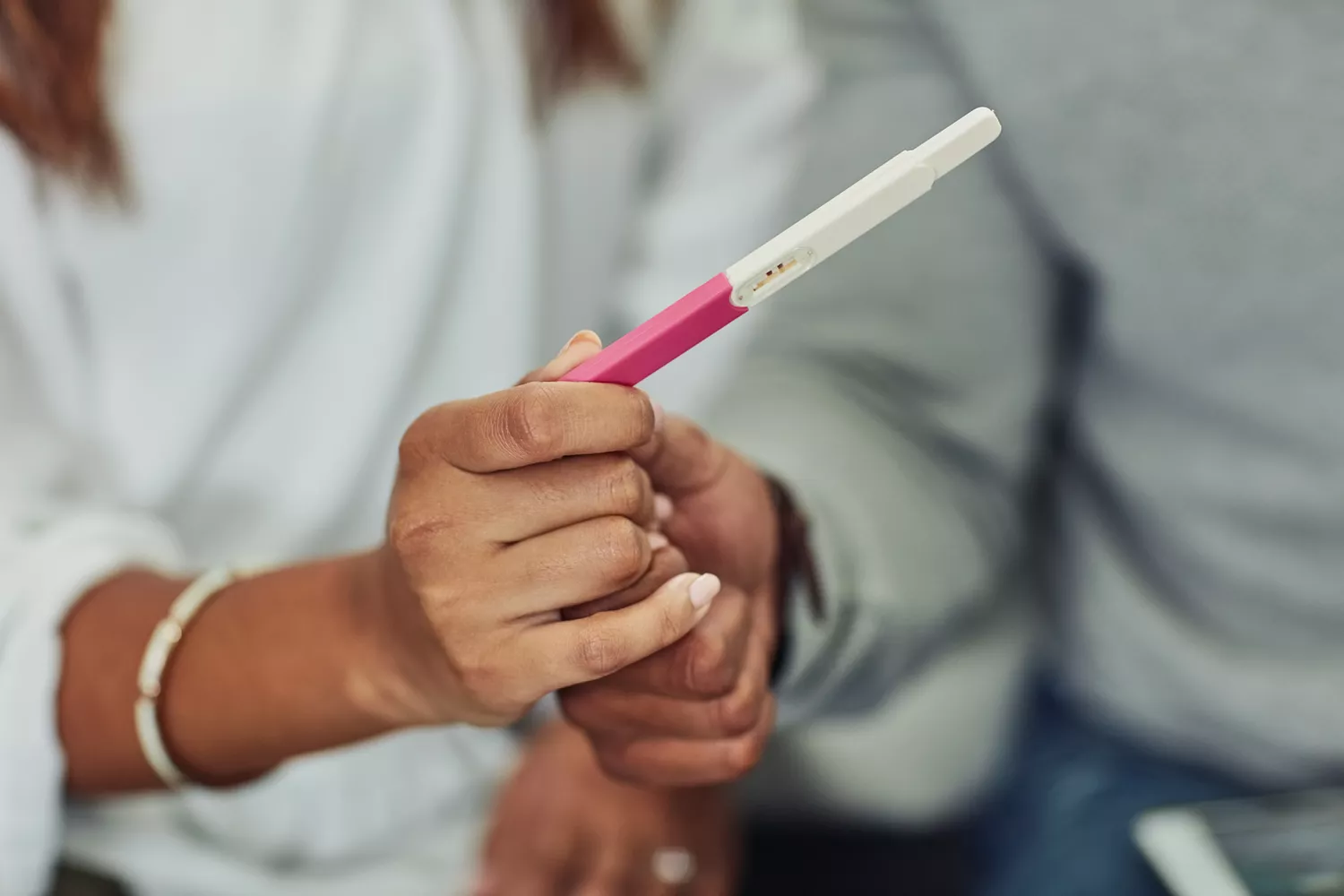Clomid was a terrible drug for me, but I still appreciate it.


In the past, I would have thought that fertility medications like Menopur or Ovidrel are just super unlucky celebrity baby names. It was a time before estradiol and tacrolimus were part of the coffee-break conversation. I was living in a simpler and more naive time, when Follistim and Gonal F were just two of the many characters that would be eliminated in Game of Thrones.
At this early stage of my infertility journey I was only using Clomid. You could refer to it as the gateway drug, or prequel, to all the other fertility medications listed above.
You could also talk about it like Will Kiltz does, Director of Communications at CNY Fertility. Kiltz says that clomid is often prescribed as a first-line fertility treatment. In its first use it is often taken in conjunction with [regular] sexual activity. If this does not lead to a pregnancy, Clomid will be combined with intrauterine (IUI).
Cost, risks, and side effects of artificial insemination
Why Do I Need Clomid?
Clomid can be used to boost fertility for several reasons. First, it gives the ovaries an extra boost to encourage the production of more eggs. Kiltz says that it is also used for women who don’t release eggs in a predictable, reliable way each month or even at all.
It was me. Unpredictable. In December 2016, I was emotionally drained by infertility and my menstrual cycles were affected. The cycle would begin early one month, and then late the next. I couldn’t get it to stay in line. That was one of the reasons I had a difficult time keeping everything together.
The Best Fertility Tests for At-Home Use to Track Your Reproductive Health
I felt no closer to being a mother after three months. I had tried IUIs for three months and failed. It felt as if I was still a long way from the starting line. I drove around aimlessly in the parking area, trying to find any available spot.
Saying I was rattled is like saying my emotions are a collared shirt with buttons. I was not ironed or tailored or even buttoned. I was tattered.
I had a good preconception test, and my super personal examination cleared me to fly, but no baby.
I was lost while searching for an answer. I was afraid to continue the treatment, but also scared to stop. I also felt a sense of pain and emptiness in my bank account. All of my treatment, including consultations, sperm vials, shipping and ovulation kits, and inseminations, were not covered by my insurance. I paid for them all out of the savings that I had saved.
How To Increase The Likelihood Of IVF Success When You First Try
Fighting Clomid Side Effects
My fertility specialist called me for a $200 consultation after my third painfully unsuccessful IUI. He suggested we try Clomid and be more aggressive.
Clomid increases the chances of having multiples. This is the only side effect that I’ve heard of–multiple cute, adorable babies who love lullabies. There were other side effects as well.
Kiltz says that some of the more common side effects or symptoms of Clomid are: mood swings or hot flashes; abdominal/pelvic discomfort or fullness; ovarian cysts formation; nausea or upset stomach. Other symptoms include breast tenderness, headaches and visual disturbances.
Many of the side-effects that come with Clomid are similar to those that occur during pregnancy. This can be frustrating for a parent-to-be.
My doctor had mentioned other possible side effects, but I was at a point where “Two Babies is better than No Baby” was my motto.
After a quick scribble in a prescription pad, I paid $23 at my local pharmacy for five Clomid tablets and waited to get my period.
On the fifth day of my cycle I started taking the medication. In the days following, I continued to have transvaginal scans, took more Clomid and did more transvaginal scanning. It was a long process. We were looking for signs that follicles had grown and possibly matured eggs. We were looking for the window of opportunity to inseminate.
When the day of insemination arrived, I was confident, excited and ready. It had to work. It was aggressive reproductive medicine. This works. This will make me into a mother.
In the days leading up to my pregnancy test I experienced mood swings, heartburn and indigestion. My breasts felt tender. I never had any pain in my breasts during my period. My period never made me nauseous! After a very spicy dinner (which was totally worth it), I had only one episode of heartburn. It had to be this!
It wasn’t the test I used a few days later. The test came back negative. Clomid was the cause of all my symptoms and signs. Aside from the ovarian cyst, I also had to wait a full month before I could try again.
A Guide for Infertility Treatment Options
Fertility and my emotional journey
Clomid, and the subsequent fertility drugs, abused me mentally and emotionally every day for over two years. The side effects of these medications, which are basically pregnancy impersonations made me both believe and doubt myself. At a time I desperately needed to believe in something, I couldn’t trust myself or my body.
Even though I was pregnant, my life during this time felt unstable, unsafe, and unreliable.
I would then continue to use Clomid at different dosages for another two cycles, before moving on to injectable medication with my inseminations. These didn’t work either.
Inseminations never worked for me. The first two rounds in vitro fertilisation (IVF) also failed. The third round of IVF worked, and it worked well.
My son Wyatt is a boy born in April 2019.
When I think back, my son was not my Follistim or Clomid baby. He wasn’t even my high-dose stim baby. It was through lots of trials and errors, going back to drawing boards and trying again that I got my son. He is the baby that I brought into this world because I tried and tried and then tried again.
I hated Clomid. But I love the fact that I hated Clomid because it led me into hating my next medication. That led me on to my next surgery, which thankfully led to me meeting my Wyatt.
Even though the pills for infertility were hard to swallow, they were worth it. Even Clomid.








